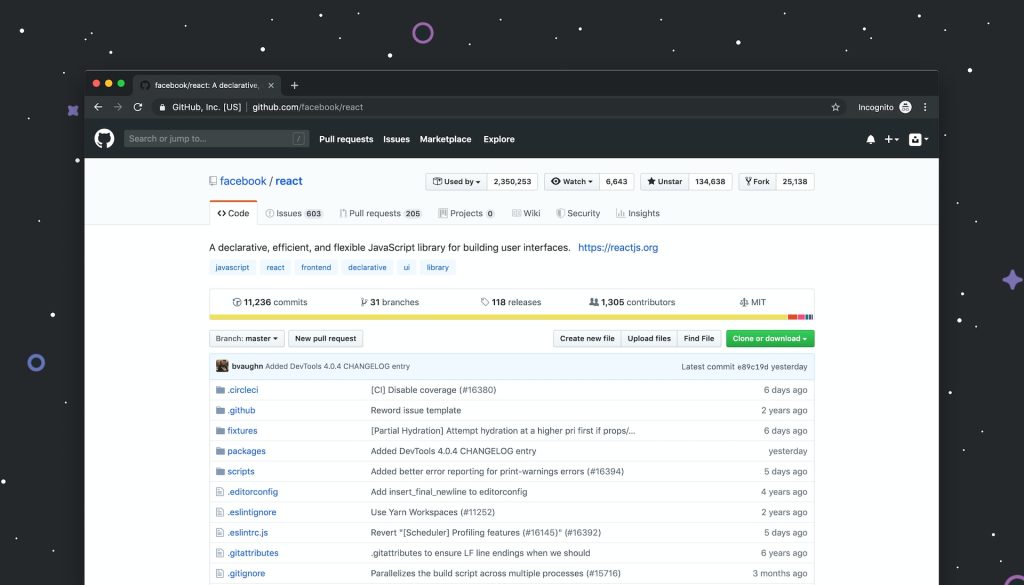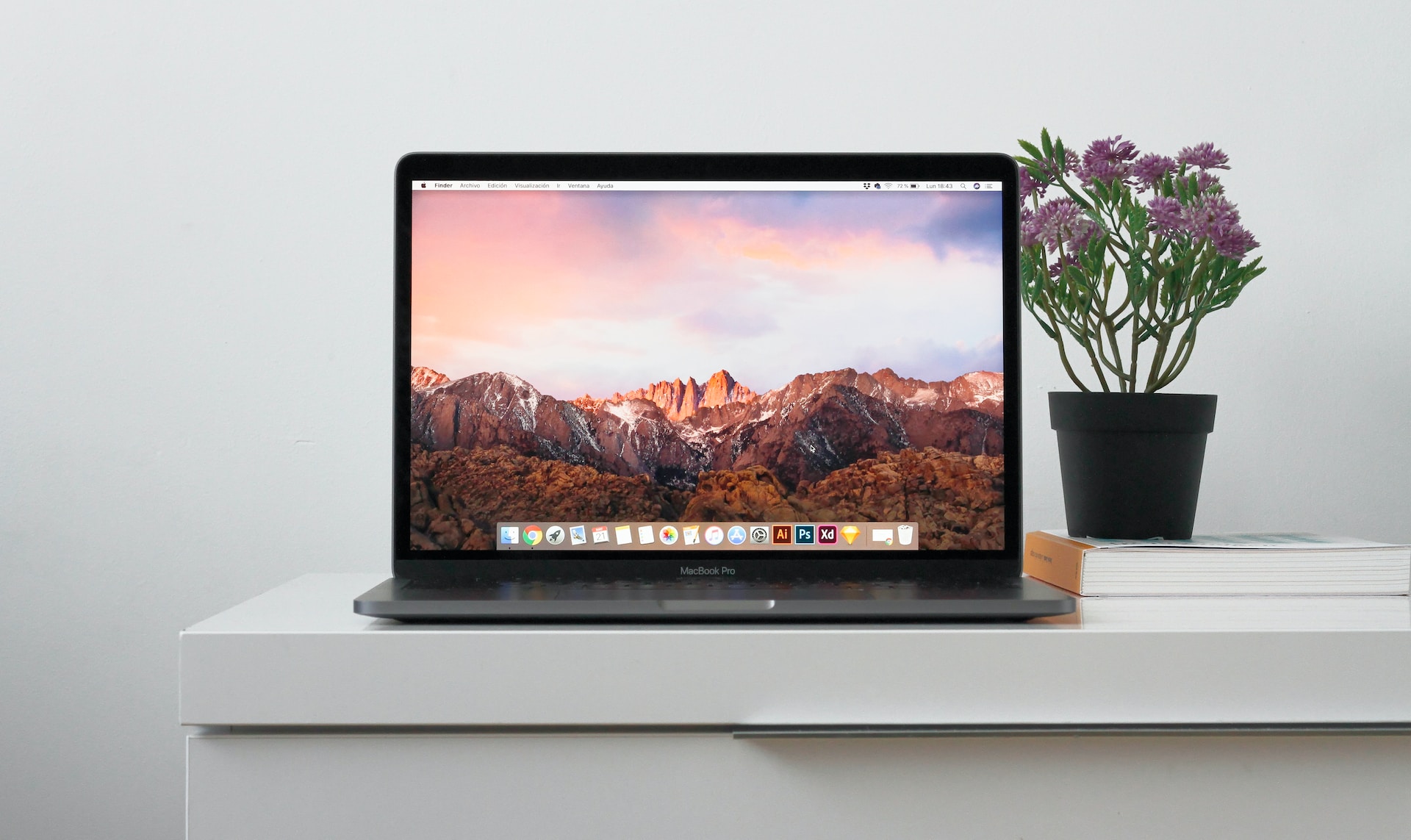Taking a screenshot on a Mac is really easy and super useful. It lets you quickly save what you’re seeing on your screen, whether it’s a funny moment, an important piece of information, or something you want to share with friends or family.
This guide is here to help you learn how to do it. We’ll show you different ways to take screenshots on your Mac, using easy keyboard shortcuts and some helpful built-in tools. Whether you’re working, studying, or just having fun, you’ll find these tips handy for capturing whatever’s on your screen.
Why do We Take Screenshots on MAC Books?
Taking screenshots on a MacBook serves several practical purposes, catering to a wide range of needs in both personal and professional contexts. Here are some key reasons why people take screenshots on a MacBook:
Documentation and Record-Keeping: Screenshots are a quick way to record important information displayed on the screen. This can include email confirmations, error messages for troubleshooting, or capturing online transaction receipts.
Work or Educational Purposes: For professionals and students, screenshots can be used to capture graphs, diagrams, or sections of text from the web or documents that can be used in reports, presentations, or as study aids.
Sharing Information: Screenshots provide an easy way to share exactly what you’re seeing on your screen with others. This can be useful in collaborative projects when seeking technical support, or simply sharing an interesting find online with friends.
Visual Instructions or Tutorials: When creating guides or tutorials, screenshots help illustrate steps more clearly, making it easier for the reader to follow along.
Creative Work: Designers and artists may use screenshots to capture inspiration or to compare different versions of their work over time.
Social Media and Entertainment: People often take screenshots of social media posts, funny conversations, or scenes from videos and movies to share for entertainment purposes.
Preserving a Moment: Sometimes, a screenshot is about capturing a moment that’s important or memorable, like a high score in a game, a memorable chat conversation, or a news headline.
Feedback and Review: Screenshots allow users to provide clear examples when giving feedback on a digital product or website, making it easier to point out specific issues or suggestions.
Methods to Take Screenshots on Mac Book?

1. Using Keyboard Shortcuts:
Full-Screen Screenshot
- Press Command + Shift + 3 together.
- This captures the entire screen.
- The screenshot is automatically saved to your desktop.
Selective Screenshot
- Press Command + Shift + 4.
- Your cursor will change to a crosshair.
- Click and drag to select the area you want to capture.
- Release the mouse or trackpad button to capture the screenshot.
- The screenshot is saved to your desktop.
Window Screenshot
- Press Command + Shift + 4, then press the Spacebar.
- The cursor changes to a camera icon.
- Hover over the window you want to capture and click to take the screenshot.
- The screenshot is saved to your desktop.
2. Using Preview
- Open Preview, found in the Applications folder.
- Go to File > Take Screenshot.
- Choose from From Selection, From Window, or Entire Screen.
- Follow the on-screen instructions to capture the screenshot.
3. Using Screenshot Utility
- Press Command + Shift + 5 to open the Screenshot utility.
- This tool offers options for capturing the entire screen, a window, or a selected portion of the screen.
- You can also record your screen from this utility.
- After selecting the type of screenshot, click on “Capture” to take the screenshot.
- The Screenshot utility also allows you to choose where to save the screenshot, such as Desktop, Documents, or Clipboard.
4. Using Terminal Commands
- You can use the screen capture command in the Terminal to take screenshots.
- For example, typing screen capture -i ~/Desktop/screenshot.png in the Terminal will allow you to select an area and save the screenshot as “screenshot.png” on your desktop.
5. Using Touch Bar (for MacBook Pro models with Touch Bar)
- If you have a MacBook Pro with a Touch Bar, you can add a screenshot button to the Touch Bar.
- Go to System Preferences > Keyboard > Customize Control Strip, and then drag the screenshot icon to the Touch Bar.
6. Clipboard Capture
- Instead of saving the screenshot as a file, you can also capture it directly to the clipboard.
- Press Command + Control + Shift + 3 for a full-screen capture to the clipboard.
- Press Command + Control + Shift + 4 for a selected area capture to the clipboard. You can then paste the screenshot into a document or image editor.
7. Using AppleScript
- For advanced users, AppleScript can be used to automate screenshots. This is particularly useful for repetitive tasks or integrating screenshots into workflows.
Conclusion
Taking screenshots on a Mac is a straightforward process that can be done using keyboard shortcuts, Preview, or the Screenshot utility. Each method offers different advantages, depending on what you need to capture. With this guide, you’ll be able to easily capture and share whatever is on your screen.
Tips After Taking the Screenshot on Mac
- Screenshots are saved as PNG files by default, offering high-quality images.
- You can change the default location where screenshots are saved.
- Use editing tools to annotate or crop your screenshots after capturing them.
































































